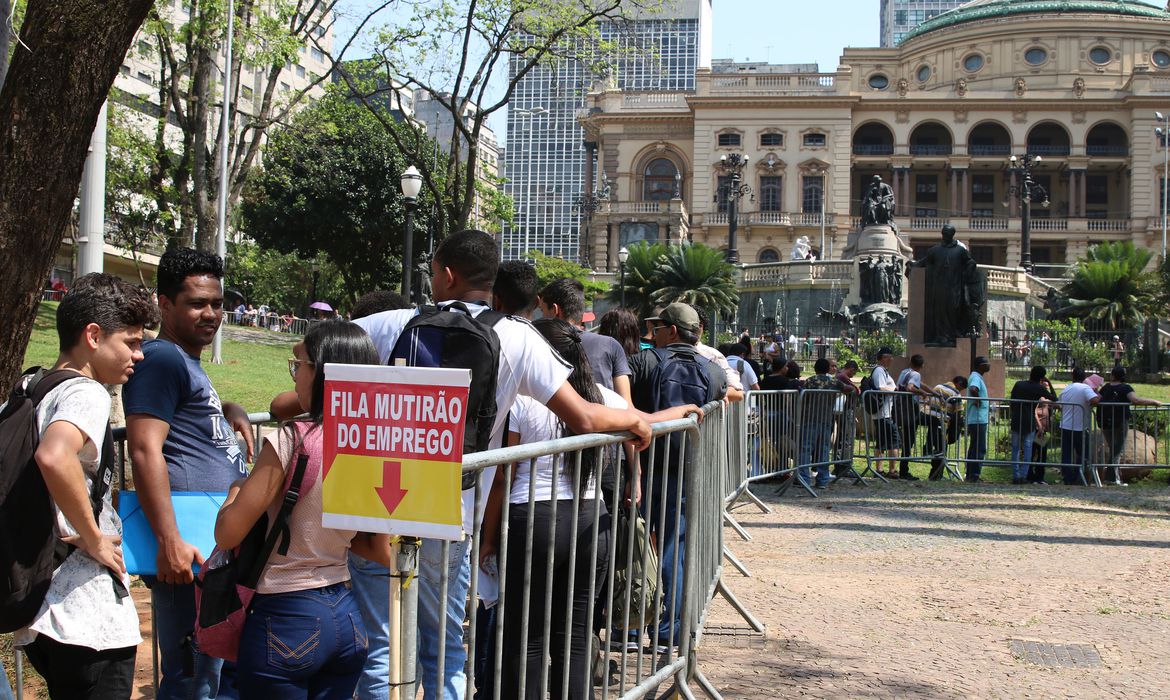RIO DE JANEIRO, BRAZIL – Brazil recorded an average annual unemployment rate of 13.2% in 2021, a year still marked by the effects of the coronavirus pandemic and representing the second-highest level of unemployment since the new statistical measurement started in 2012, official sources reported on Thursday, February 24.
The average unemployment rate fell from 13.8% in 2020 – the highest recorded since 2012 – to 13.2% in 2021, which still translates into 13.9 million people looking for a job and the second-highest level in a decade, according to a report released by the Brazilian Institute of Geography and Statistics (IBGE).
The highest unemployment rates were observed in the states of the northeast region. At the same time, the lowest were recorded in the south and center-west of the country – regions with the highest development in Brazil.

Brazil ended 2021 with, in addition, an average informality rate of 40.1%, while some 5.3 million people – classified as ‘discouraged’ in IBGE’s nomenclature – gave up looking for a job last year.
Considering only the fourth quarter of 2021, unemployment stood at 11.1% in the period, a drop of 1.5 percentage points compared to the immediately preceding quarter and of 3 percentage points compared to the same period of 2020.
Likewise, the number of employed persons totaled 95.7 million workers between October and December last year.
The falls recorded in unemployment both in the last quarter and in the annual average indicate a “recovery trend compared to 2020”, despite still being far from the 2019 level (12%), before the arrival of covid in Brazil, IBGE indicated.
“In 2021, with the advance of vaccination and the improvement of the scenario, there was a growth in the number of workers, but a high contingent of people looking for work persists,” the manager of the IBGE’s Labor and Performance coordinator, Adriana Beringuy, pointed out in the report.
Beringuy said 2022 is presented as a “year of recovery for some indicators” but does not mean the “year of overcoming the losses” since Brazil should continue to feel the impacts of the pandemic, which still impacts several economic activities and influences the performance of workers.
“There is a recovery process, but we are still distant from pre-pandemic levels,” he said.
The IBGE report also showed that the average monthly income of workers maintained the downward trend observed in recent months and was calculated in 2021 at 2,587 reais (about $517), a retraction of 7% compared to the average recorded in 2020 and pushed by the sharp rise in inflation.
“Although the employed population has grown, this increase has not been accompanied by performance, i.e., people employed in the labor market have lower remunerations”, the coordinator pointed out.
With information from EFE

